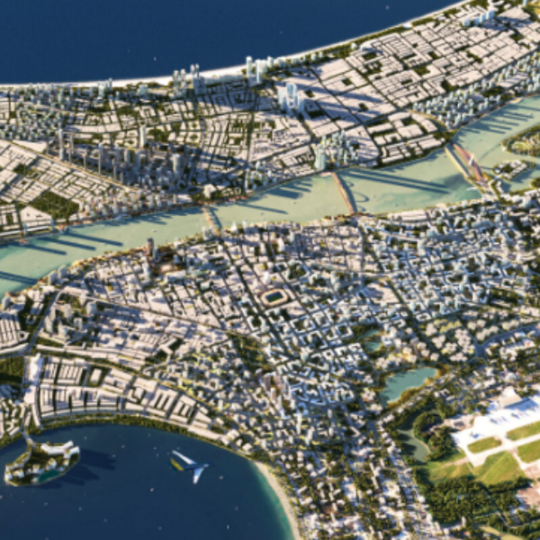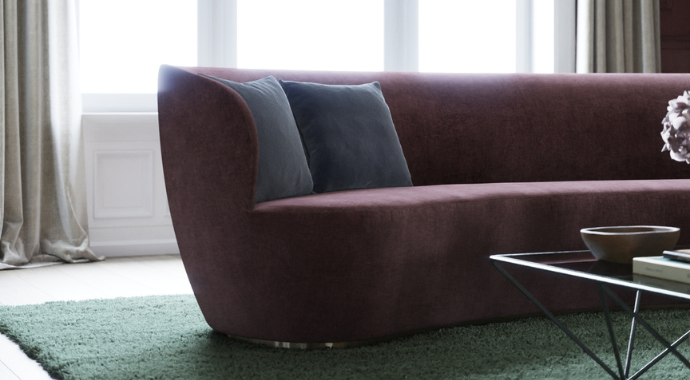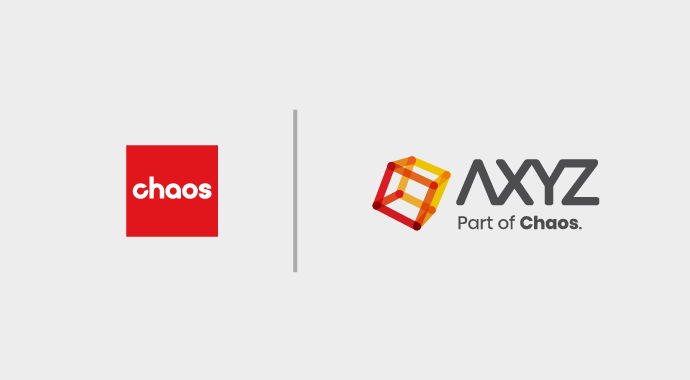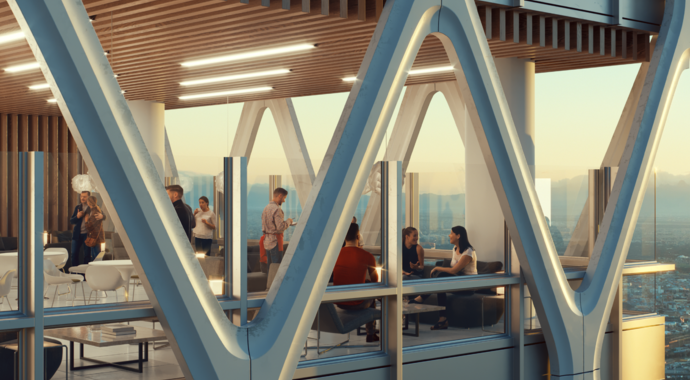Learn how BOC harnesses the power of Vantage, Phoenix, and Anima 5 digital humans in their workflow to transport viewers to serene architectural spaces.
BOC Studio creates architectural visualizations that embody the vibrant Vietnamese life and culture. As a premium 3D archviz studio, BOC specializes in still renders, 360 tours, animations, and walkthroughs, delivering exceptional visual solutions that effectively convey clients' marketing objectives. They have also introduced BOC Academy, which nurtures the skills and mindset of future Vietnamese architects and archviz artists, translating their design ideas into realistic visualizations.
We sat down with Duong Thanh Nguyen, 3D artist, Creative Director, and Founder of BOC to get a better understanding of how they’ve integrated Vantage and Phoenix into their workflow and how they incorporate Anima digital humans in their projects.
Embracing Vietnamese culture and history
BOC Studio's work is deeply influenced by Vietnamese culture and history. Nguyen hails from Tiền Giang, a province situated in the heart of the Mekong Delta, also known as the "Nine Dragon Delta." This region is renowned for its expansive rice fields, intricate waterway systems, floating markets, and traditional folk music, all of which embody the rich culture of Southwestern Vietnam.
Having grown up in this environment, Nguyen’s art was shaped by the familiar intimacy of riverside constructions. His personal work often depicts scenes and structures reminiscent of his Mekong Delta upbringing. In addition to being commissioned projects, these works reflect his deep connection to Vietnamese culture.
During the testing phase of Chaos Vantage and Phoenix, the artist consistently went back to these riverside and Delta-inspired projects as experimental subjects. This approach not only kept his passion alive but also allowed him to explore the full synergistic between the two software programs.
If you want to see how Nguyen’s upbringing influenced the studio’s work, check out their projects Thảo Bạt which utilizes Vantage, Phoenix, and V-Ray, and Small Ditch, created using Chaos Vantage, Phoenix, and Tyflow. These projects showcase the artist's unique perspective and the fusion of their cultural background with cutting-edge technology.
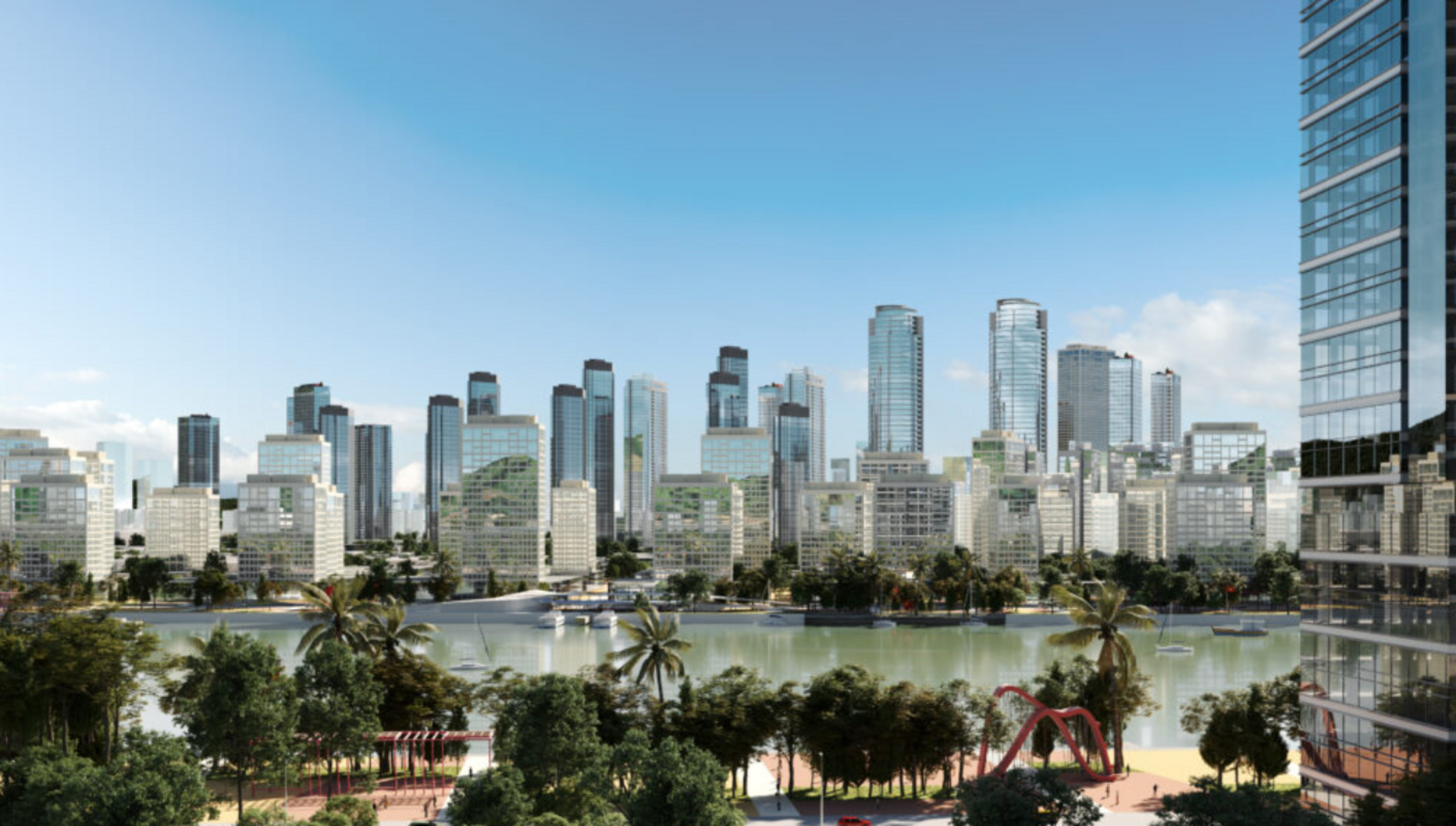
The impact of 3D digital humans on viewer perception
3D digital humans play a vital role in BOC's archviz products, particularly animations, serving as a bridge between designers and those perceiving the space. The integration of human models is essential because architecture and interior spaces are designed to meet human needs. This integration allows for the assessment of human interaction with the architectural structure, not only in still images or animations but also right from the design phase itself.
With the capabilities of Vantage and Anima, specifically the 4D people feature, BOC has been able to assist its partners in evaluating and optimizing designs from the initial concept phase. By incorporating these digital humans, viewers are able to envision themselves actively experiencing and interacting with the designed space. This immersive experience allows the design to speak for itself, effectively persuading and resonating with its audience.
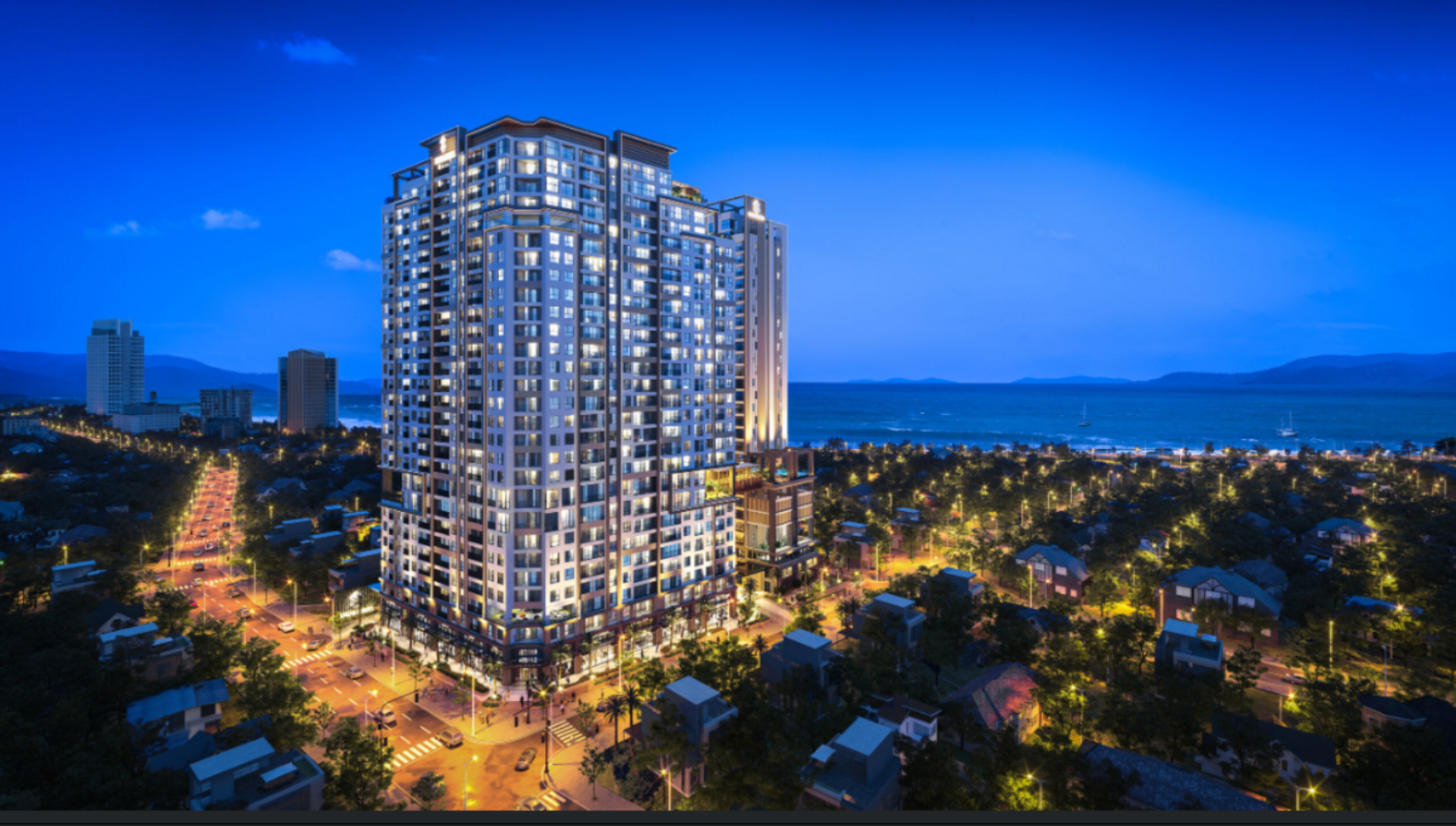
Striking a balance: Realism and artistic expression in Anima 5
BOC provides visualization services for various design entities in Vietnam, each with its own unique needs and preferences. For some client projects, they integrate 3D digital humans into their designs to showcase the scale and proportion between individuals and architectural spaces, while in others, they use them for storytelling purposes.
Dealing with projects that have tight timelines can be extremely challenging. However, they have found immense benefits in using the 4D digital human library and rigged people from Anima. This allows them to easily select digital figures and ensure that their activities align with the scenes being portrayed.
The team believes that in order to achieve the necessary balance and attention to detail, one must perceive these 3D spaces as if they were the main character experiencing them. They take extensive time to deliberate on the appropriateness and rationale behind each model or group of models integrated into a project.
In the past, finding the right human model that resonated with the spirit and genre of a project was a difficult task. Nguyen shares that Anima provides them with a comprehensive variety of high-quality models that are well-suited to diverse contexts. Nguyen adds that this is particularly valuable in the medical domain, where suitable 3D models are often hard to come by. Combined with the realtime visualization Vantage offers, their projects are taken to the next level.
Choosing the right digital human model
BOC relies on the following process when choosing a digital human model for a project.
Step 1: They assess the project's functionality to understand the intended design spaces and end users.
Step 2: The storytelling phase. They craft a narrative for different scenarios to guide our choice of human interactions and elements. For instance, in a park setting, we'd consider activities like morning exercises or casual walks.
Step 3: Human models are categorized into:
- Static 3D model: stand still as a background for the scene (We use: Itoo Forest, 3D model people)
- Moving models: e.g., walking, running... Rigged People from Anima,
- 4D people are always their first choice for scenes that need to express the impression between people and buildings
Step 4: After placing models, they use Live Link in Chaos Vantage for real-time previews to check motion quality and finalize poses and actions.
Step 5: If the narrative or scene needs adjustments, they revisit step two and refine it as needed.
Enhancing architectural realism with Phoenix
BOC uses a subset of Phoenix’s functionalities, primarily for effects that add to the beauty and realism of the architecture, such as flowing water, sea waves, smoke from fire, or fireplace flames. Here are some insights from our experiences:
Initially, BOC simulates the effects on low poly models. Depending on the complexity of the required effect, they adjust parameters, particularly focusing on 'Step per Frame' and 'Voxels.'
For effects that require realistic movement, BOC starts with low poly objects. They are able to achieve more detailed simulations by increasing the 'Step per Frame' and 'Voxel' density. This method saves significant time as it avoids heavy computations on high poly models. After simulation, they link these movements to the high poly objects. This technique significantly enhances their workflow efficiency. Check out the video below that showcases this technique.
Leveraging Vantage for time-lapse effects
In creating the time-lapse effect in their office project, BOC relied on Chaos Vantage's 'Movement Sun' feature to simulate the changing sunlight throughout the day. This process was found to be quite straightforward in Chaos Vantage. You can refer to this tutorial video on this timelapse effect. If there is interest from the community, BOC is open to producing an English version to assist Chaos Vantage users in creating similar timelapse effects.
For the nighttime time-lapse effect, they relied on capturing the footage rather than CGI. Nguyen shares that BOC prioritizes shooting footage out in the open in their archviz animations to enhance client understanding and visualization of architectural design aspects.
Crafting an immersive soundscape
Before deciding on the sound and music, BOC always starts with the story, visualizing the narrative through a storyboard. The next step is sound selection, where they choose music with rhythms that complement the spirit of the story. One of the editor's tips is to shift the music every 4 or 8 seconds, aligning it with the duration needed for the animation shots.
After that, they move on to experimentation, allowing the music to inspire adjustments in the storytelling. They believe that everything can be tweaked to achieve the best outcome for their archviz movies.
Chaos Vantage plays a crucial role in their process, providing rapid iterations and efficient rendering.
Vantage significantly speeds up the creation of animation drafts, aiding in sound synchronization and scene detailing. With all elements in place, rendering takes just a few days, a drastic reduction from previous durations.
Duong Thanh Nguyen, Creative Director & Founder, BOC Studio
Transforming healthcare spaces through archviz
The HPH hospital project stands out as a testament to BOC's exceptional achievements in the field of archviz, capturing the essence of community, care, and commitment through a captivating visual narrative. Embarking on this project was a transformative journey for BOC, where their extensive expertise spanning decades was brought to the forefront.
The archviz studio had the opportunity to collaborate with a highly respected partner, known for their 20 years of excellence in Vietnam's design and build sector. Initially recognized for its exceptional maternity services, HPH's transformation into a comprehensive multi-specialty hospital went beyond physical expansion. It was driven by a vision of community service, aimed at enhancing the quality of care and introducing 5-star hospitality standards to its rooms.
BOC's task was not only to visually depict HPH’s vision but also to embody its essence. The challenge was to convey an atmosphere of warmth, safety, and meticulous care. However, it went beyond that - the goal was to design spaces that supported efficient medical practices for the dedicated staff and provided comfort for patients and their families.
From the exterior's first impression to the interiors' intricate details, like the thoughtful positioning of signage, welcoming reception areas, serene waiting zones, and playful spaces for children, every element was a result of collaborative brainstorming and deliberation.
For BOC, this collaborative project went beyond simply combining their expertise in archviz and established design skills. Nguyen describes working on the project as, “a harmonious blend of design and build artistry and practical medical know-how.” BOC shares that they look forward to working on more projects that focus on building communities and improving the social aspects of urban development.

